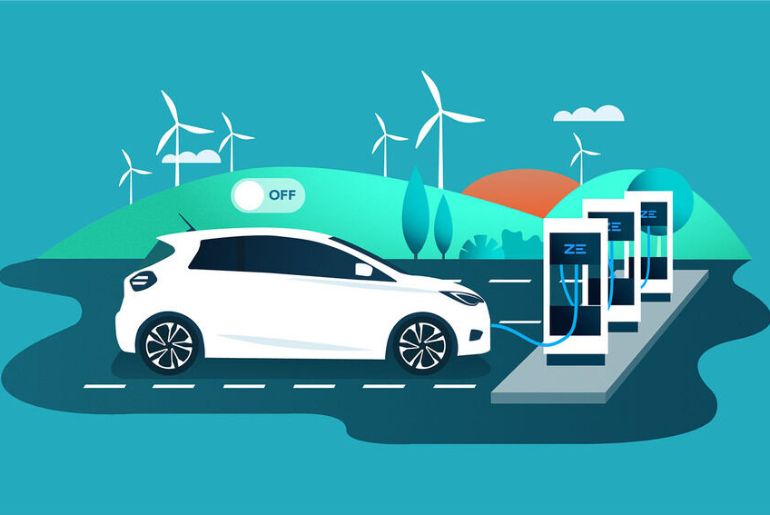To advance battery cell technology for electric vehicles (EVs), Zeta Energy Corp. and Stellantis N.V. have signed a joint development agreement. With an emphasis on lithium-sulfur (Li-S) batteries, the collaboration seeks to provide a volumetric energy density comparable to existing lithium-ion systems while achieving a ground-breaking gravimetric energy density.
This development may lead to much lighter battery packs that provide the same useful energy as their lithium-ion equivalents, which would benefit consumers by improving performance, handling, and driving range. Moreover, Li-S batteries promise up to 50% faster charging rates, which will make EVs more practical for daily use. Additionally, these batteries are expected to be less than half as expensive per kWh as current lithium-ion technology, making them a financially sensible substitute.
Another noteworthy aspect of Zeta Energy’s Li-S batteries is their effect on the environment. These batteries do not require cobalt, nickel, manganese, or graphite because they are made from waste materials, methane, and unprocessed sulfur, a result of industrial processes. This strategy is in line with sustainable production methods and drastically lowers CO2 emissions. The technology is made to use a domestic supply chain in North America or Europe and blend in smoothly with the infrastructures of gigafactories that are already in place.
In order to power Stellantis EVs by 2030, the partnership includes pre-production development and production planning. This development highlights how Li-S technology can reduce supply-chain concerns, promote sustainability objectives, and exceed conventional lithium-ion batteries in terms of performance and pricing.
“We are thrilled to be collaborating with Stellantis on this project,” Zeta Energy CEO Tom Pilette stated. “The lithium-sulfur battery technology from Zeta Energy and Stellantis’ unparalleled innovation, global manufacturing, and distribution capabilities can significantly enhance the cost and performance of EVs while boosting the supply chain resilience for both batteries and EVs.”

